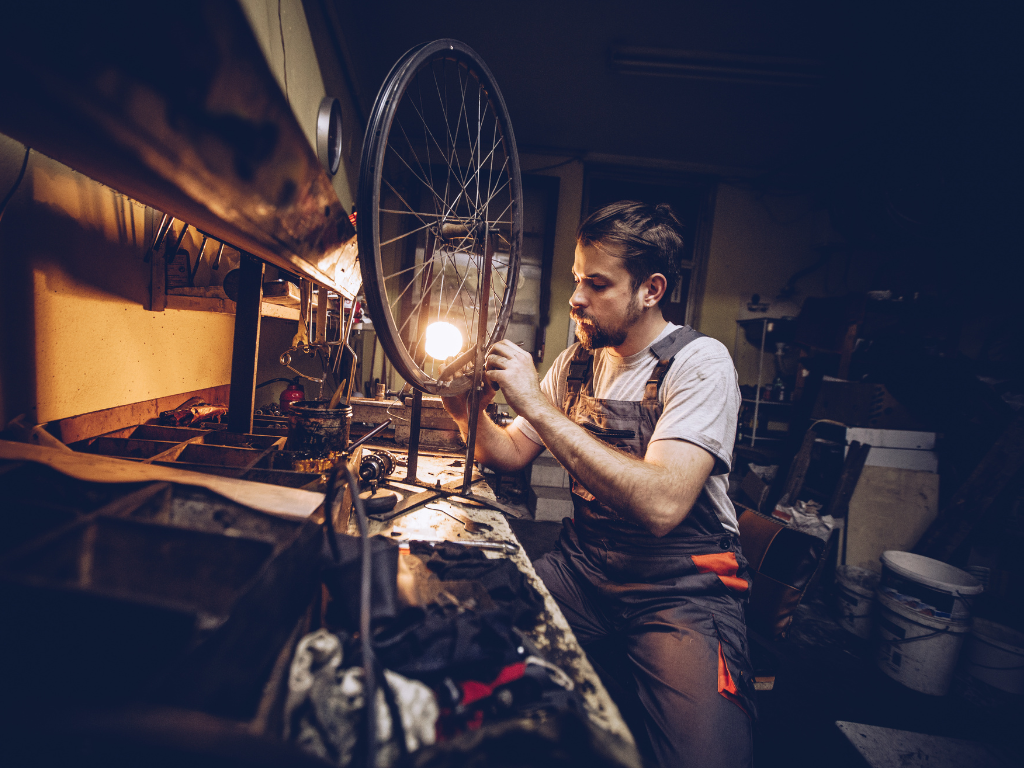If you're in the market for new running shoes, you've probably come across terms like “neutral,” “stability,” and “motion control.” While all these shoes are designed to enhance your running experience, each type caters to a specific running style. Today, let’s focus on neutral running shoes — what they are, how they differ from other types, and how you can determine if they’re the right choice for you.

What Are Neutral Running Shoes and Do You Need Them?
Understanding Pronation
Pronation refers to the natural movement of your feet as they strike the ground while running. Ideally, when you run, the outside of your heel hits the ground first. As your foot rolls inward by about 15 degrees, your whole foot eventually makes contact with the ground before you push off from the toes.
This balanced, natural foot movement is known as neutral pronation, and it’s estimated that about 50% of runners have this running pattern. However, not everyone runs in a neutral way — the two other common forms of pronation are overpronation and underpronation.
- Overpronation occurs when the foot rolls inward excessively, causing the arch to collapse. Runners with this type of pronation may feel strain or discomfort in their knees or ankles.
- Underpronation (or supination) happens when the foot doesn’t roll inward enough, leaving more weight on the outer edge. This can lead to more stress on the legs and joints as the foot isn’t absorbing shock as effectively.
What Are Neutral Running Shoes?
Neutral running shoes are designed specifically for those with neutral pronation or underpronation. They are not built to correct overpronation, which means they don’t provide extra support to control excessive foot movement. Instead, they focus on providing cushioning and comfort for runners whose feet naturally land in a balanced way.
In contrast, stability shoes or motion control shoes are made for runners who overpronate and need extra support to keep their feet in a neutral position during their stride.
Features of Neutral Running Shoes
Neutral running shoes are crafted with certain features to provide optimal comfort and support for neutral runners. Some of the key characteristics include:
- Balanced Cushioning: Neutral shoes generally have cushioning distributed evenly throughout the shoe, especially in the heel. Since the whole foot comes into contact with the ground, the weight is spread out, and extra cushioning in specific areas is unnecessary.
- Lightweight Construction: These shoes tend to be lighter than stability shoes. They don't have the added support structures and corrective technologies, allowing for a more natural, unrestricted running experience.
- Flexible Design: Neutral shoes often have a flexible sole that allows your foot to move more freely, aiding in a more natural foot strike and push-off.
Popular Neutral Running Shoes
Here are some of the top neutral running shoe models you might want to check out:
- Asics Gel-Cumulus 26 – Offers balanced cushioning and a lightweight design, perfect for both short and long-distance runs.
- Asics Trabuco Max 3 – A great neutral trail shoe with responsive gel cushioning and durability for off-road adventures.
- Altra Timp 5 – Known for its wide toe box and zero-drop platform, this shoe provides natural foot positioning with excellent cushioning.
- Altra Olympus 6 – Plush cushioning and a thick midsole make this shoe ideal for long trail runs.
- Altra Lone Peak 8 – A lightweight and grippy shoe, perfect for technical trail running with a wide toe box for added comfort.
- Altra Superior 6 – A minimalist trail shoe with an aggressive grip, great for fast-paced trail runs.
- New Balance Fresh Foam X 880 v14 – Offers plush cushioning and responsiveness for both road and trail running.
- Hoka Clifton 9 – A well-cushioned yet lightweight option for neutral runners who prefer comfort without sacrificing performance.

Altra Men's Olympus 6 Trail Running Shoes

Altra Women's Olympus 6 Trail Running Shoes
How to Know If You Need Neutral Running Shoes
If you’re unsure whether you have a neutral, overpronated, or underpronated running style, you can take a few simple steps to help identify your pronation type.
-
Get a Gait Analysis
The most accurate way to determine your pronation is to have your running gait analyzed. Many specialty running stores offer gait analysis where you can run on a treadmill, and the experts will analyze your stride. They’ll use this information to recommend the best shoe for your running style. -
Look at How You Stand
An easy way to gauge your pronation is by examining how you stand in your regular shoes:- Neutral: If your feet point straight forward when standing, you likely have neutral pronation.
- Overpronation: If your feet angle outward in a V-shape, it could indicate overpronation.
- Underpronation: If your feet curve inward in an A-shape, you might have underpronation.
-
Arch Test
Your foot’s arch type can provide clues about your pronation:- Flat Arches: If the entire foot’s outline shows up in a damp footprint, you may have flat feet, which often leads to overpronation.
- High Arches: If only the heel and forefoot are visible with little to no arch imprint, you likely have high arches, which is common in underpronators.
- Neutral Arches: A balanced arch shows some of the middle of the foot, indicating neutral pronation.
Benefits of Neutral Running Shoes
- Comfortable Fit: With even cushioning and a flexible structure, neutral shoes offer a more natural fit, making them ideal for those who don’t need extra support.
- Lightweight: Because they don’t have additional support features, neutral running shoes are lighter, allowing for quicker and more comfortable strides during runs.
- Versatility: These shoes are perfect for neutral runners and underpronators, and their simple design means they can handle a variety of terrains and running distances.
Choosing the Right Neutral Running Shoe
When choosing a neutral running shoe, it’s important to consider factors like:
- Terrain: If you run on trails, you may need a neutral trail running shoe with more durability and grip. If you're a road runner, you might prefer something lighter and more flexible.
- Distance: For long-distance runners, shoes with extra cushioning might be more comfortable, while sprinters may prefer a more responsive, minimalist design.
- Fit and Comfort: Always ensure the shoe fits snugly but comfortably. There should be enough room in the toe box, and the heel should stay securely in place to avoid blisters.
Conclusion
Neutral running shoes are an excellent choice for those who run with a natural stride or underpronate. By offering balanced cushioning and a lightweight design, they provide the right level of comfort and support without added corrective features. If you’re unsure of your pronation, a gait analysis is a great way to determine which shoe will best suit your needs. Whether you're training for a marathon or just running for fitness, investing in the right pair of shoes can make a world of difference in your performance and comfort.
Come in store and chat to one of our staff, who can help you find the perfect running shoes for your needs!



